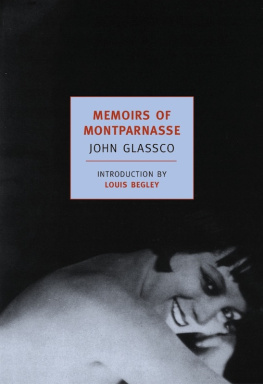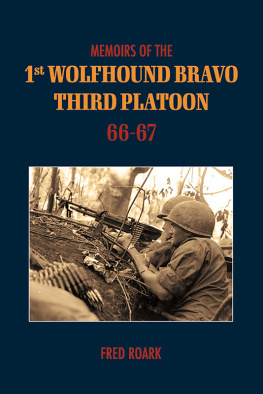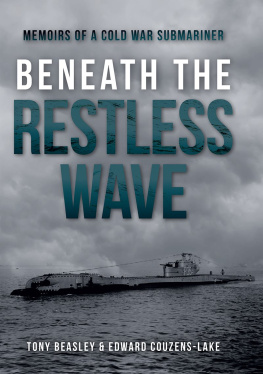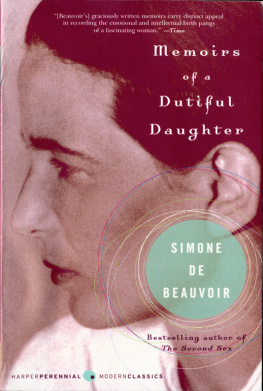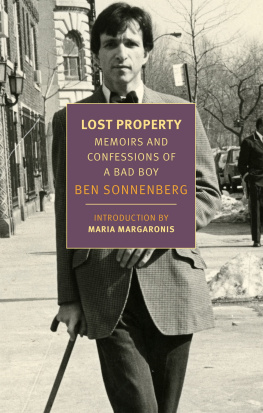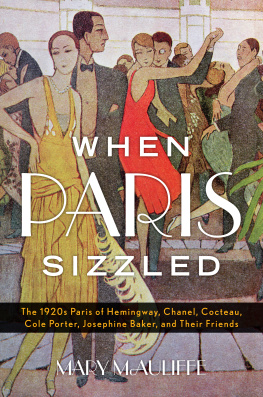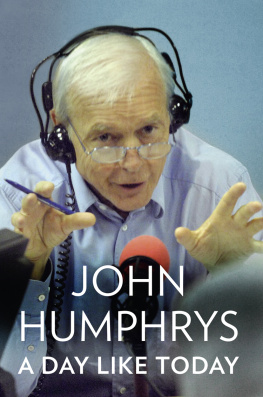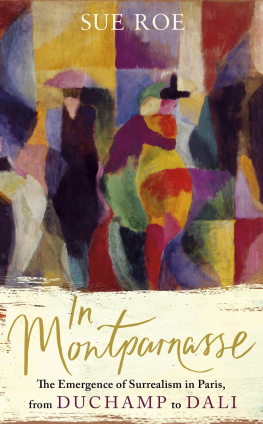JOHN GLASSCO (19091981), born in Montreal, attended McGill University without graduating, visited Paris as a sixteenyear-old and two years later, in 1928, accompanied by his friend Graeme Taylor. It was on this more lengthy and eventful stay, in the city he loved, that he based his Memoirs of Montparnasse (1970), which was published, and presented by Glassco, as an authentic memoir though it was later discovered to be in many respects a work of fiction. Before publication he had confided to his friend Kay Boyle: It has the form of fictioni.e. with lots of dialogue, speed, rearranged and telescoped action; never a dull momentand is more a montage of those days than literal truth. It is, however, firmly based in reality and felt experience, and probably contains as much fact as fiction.
Glassco once remarked that he was as much a novelist, anthologist, translator and pornographer as he was a poet or a memoirist. His Selected Poems (1971) won a Governor Generals Award, then Canadas leading literary honor.
LOUIS BEGLEY is a novelist and retired lawyer. He has written eight novels, including Wartime Lies, About Schmidt, and Matters of Honor, which was published in 2007. He is a Chevalier de lOrdre des Arts et Lettres of France and served as the president of American PEN from 1993 to 1995. He lives in New York with his wife, Anka Muhlstein, an historian of France.
MEMOIRS OF MONTPARNASSE
JOHN GLASSCO
Introduction by
LOUIS BEGLEY
NEW YORK REVIEW BOOKS

New York
Contents
Introduction
Its early February 1928 in Montreal. Two young men, John Glassco (19091981) and Graeme Taylor (19071957), set out for Paris, crossing the Atlantic on a government cargo bound from Saint John, New Brunswick, for Antwerp. The passage was arranged through a family connection of Taylors. For him, it was free; Glassco, known to his friends as Buffy, paid a nominal fare of fifty dollars. The scene of their departure from their Montreal apartment sets the mood of high spirits and high comedy that pervades much of Buffys memoir. Here they are, escaping the ire of the landlady infuriated by their practice of renting the apartment out to men who need a place to take a girl to at night, in the three taxis required to transport their trunks:
[The landlady] appeared when everything was loaded, and came out on the icy steps, dancing up and down with rage and trying to shout above the roar of the taxis; ... I gave the signal to move off. As there was no room inside the taxis, Graeme and I had to stand on the running-boards of the leading one and so had a fine view of St Catherine Street, all lit up, as our little fleet of cars bumped and skidded over the streetcar tracks on the way to Bonaventure Station.
Buffy was born into a family that was part of the affluent Anglo ascendancy in Montreal at a time when that city was the financial center of Canada. His father had wanted him to become a lawyer; he saw Buffy in the robes of a judge. His mother would have liked him to enter the church. She saw him as a bishop. Buffy would have none of it. He admitted to his father that he was set on a literary career, whereupon the father offered him an allowance of a hundred dollars a month, if he would live more discreetly instead of running something very close to a house of ill-fame at his apartment. That was a better deal than Buffy had expected. The way to Paris was now open. But he was all of eighteen, and it was not easy for someone that age to toil away in Paris at his writing while the great Jazz Age party was in full swing. Expatriate Americans congregated in the cafs, bars, and brasseries of Montparnasse, and talked about art while champagne flowed. If work was done by serious writers, it was done out of sight, between binges. After Buffy had taken stock of his new surroundingsan atelier in the rue Broca (since renamed rue Lon-Maurice-Nordmann) that he shared with Taylor, the Dme, the Slect, and the Dingo (an American restaurant that by the 1950s had disappeared), and inhaled the intoxicating air of the quartier he asked himself what he would do with his youth, his life. The answer was: Why, Im going to enjoy myself. That was a resolution taken in private. To give himself countenance he let it be known that he was busy writing his memoirs, and did in fact publish an autobiographical sketch, entitled Excerpt from an Autobiography, in the Spring 1929 issue of This Quarter, a short-lived literary magazine. But if he had a genuine occupation, it wasnt writing. It was meeting celebrities, some whose stars still burn bright.
How seriously anyone took his literary pursuits is uncertain, but surely no other eighteen-year-old in modern times has dropped so many names, or managed to enter into conversation with so many famous men and women, sometimes using the journal as a wedge.
The celebrity cruise begins in London, the two friends having debarked from the government cargo in Southampton, with a visit to the eighty-seven-year-old George Moore, whose sloping shoulders, beautiful drooping moustache, and exquisite chinless face Buffy duly admires and notes. Moores parting present is an inscribed first edition of one of his works, which Buffy will later sell to Galignanis, at a time of seemingly hopeless penury. Soon he will meet in astonishing succession: Leo Stein (a tall, thin, slow-moving man dressed in black) and Gertrude Stein (a rhomboidal woman dressed in a floor-length gown apparently made of some kind of burlap, she gave the impression of absolute irrefragability ... it was impossible to conceive of her lying down); Alice Toklas (a deciduous female); Ernest Hemingway (a burly, moonfaced man dressed in baggy tweeds and with his necktie clewed by a gold pin); Frank Harris (a little grey-faced, grey-haired man ... he didnt look like Frank Harris at all); Lord Alfred Bosie Douglas (much smaller than I had thought, and the delicate curved nose of the early portraits had developed into a monstrous beak); James Joyce (Buffy charms Joyce until Joyce realizes that Buffy has confused Ulysses with Finnegans Wake); and Ford Maddox Ford (towering like an elephant, talking almost inaudibly about Thomas Hardy). These are the figures whose identity Buffy did not think he needed to conceal. Others, whose noms de guerre are identified in the notes to this new edition of Memoirs of Montparnasse: Man Ray (thinly disguised as Narwhal); Peggy Guggenheim and her first husband, Laurence Vail (they are Sally and Terence Marr in Memoirs, and her car is a stunning open Hispano-Suiza, with a body of natural wood, like a yacht); and Harry Crosby (disguised as Jimmy Carter), who gives Buffy ether to sniff to help him recover from a hangover. This is just a sampling. Many other notable figures, some less and some better known, stroll through the pages of Memoirs.
Taylor is Buffys constant companion in Paris, until his fathers illness forces Taylor to return to Canada. At times we can infer that he and Buffy are lovers. Taylor has left few traces of his passage through life, except in Buffys book, but an American expatriate, with whom Buffy and Taylor go to Luxembourg and later the Cte dAzur, Robert McAlmon (18961956), referred to in Memoirs invariably as Bob, is a well-known quantity. Living off a generous divorce settlement, and very much part of the Montparnasse fauna, he was a serious writer who published regularly and yet found time to serve as Buffy and Taylors mentor in debauchery. He too had a homosexual relation with Buffy. The trios homoerotic proclivities did not stand in the way of a procession of women who passed through Buffys, Taylors, and Bobs beds; sometimes the women are shared. Occasionally, Buffy visits a brothel. He describes an ineffably touching and somehow innocent episode involving Buffy, Taylor, and an expatriate American, Sidney Schooner (in reality Hilaire Hiler, a painter and musician who managed the American restaurant called The Jockey), at a Montmartre establishment in rue St. Apolline, and three of the establishments inmates. The communicating doors leading in their three rooms have been left unlocked so that they may pass easily from one to another:

